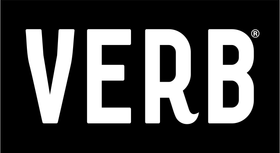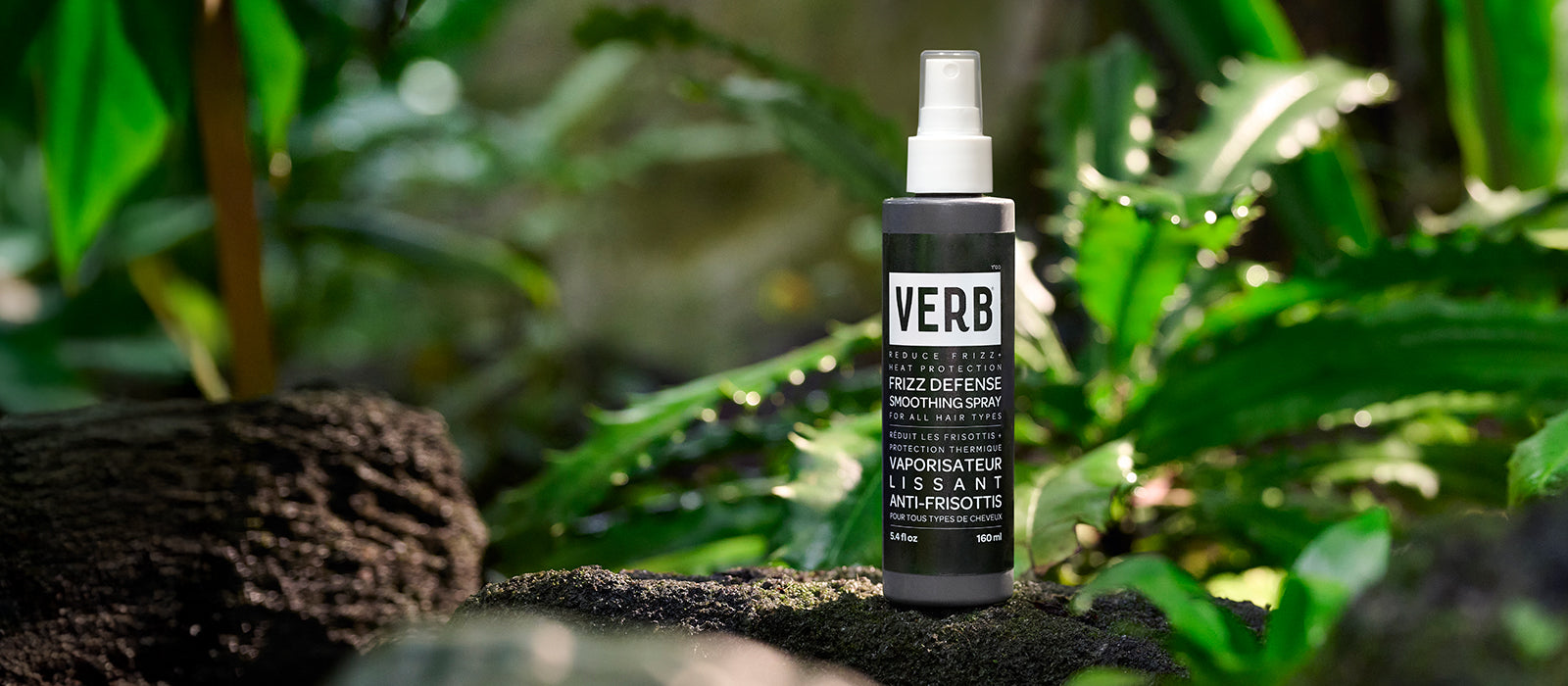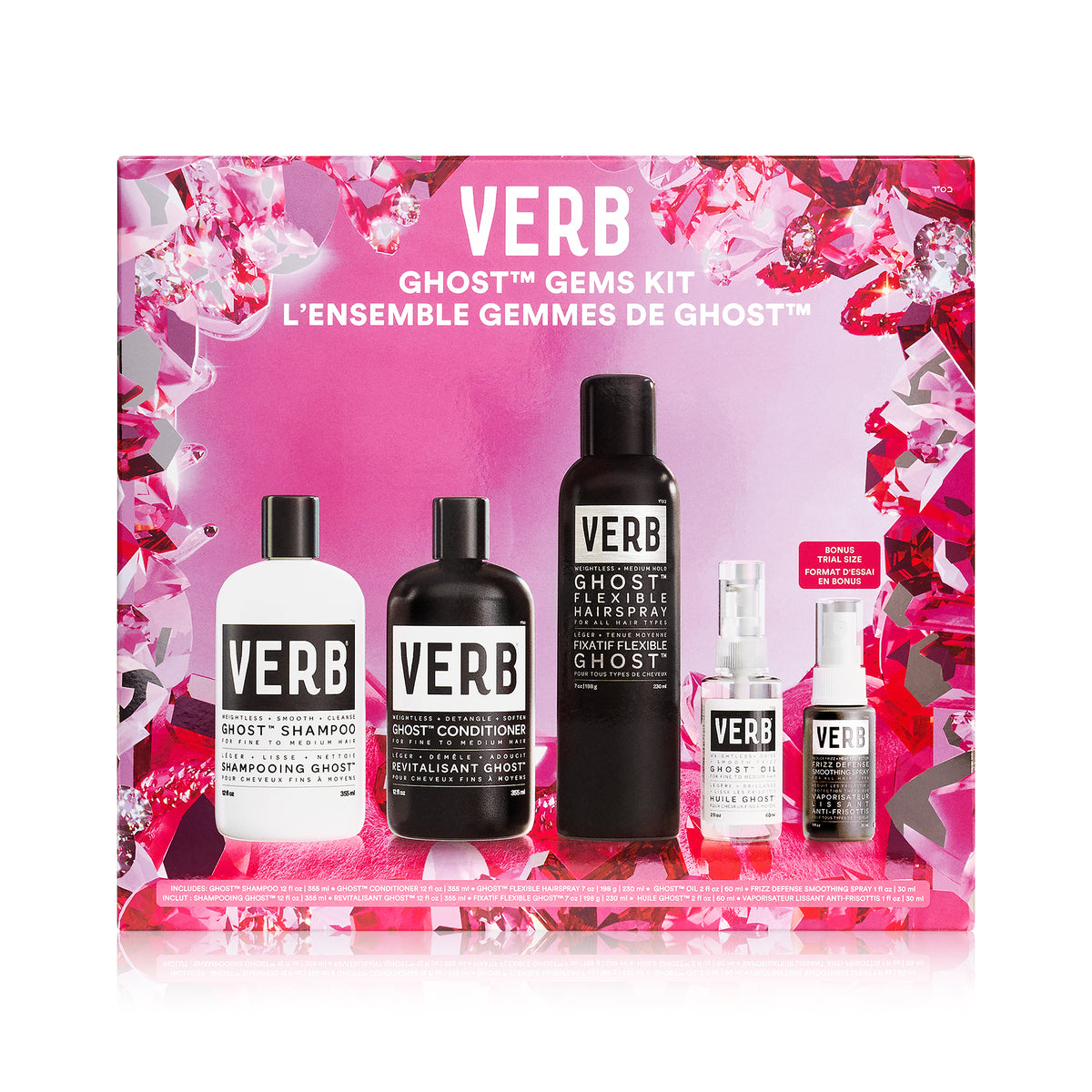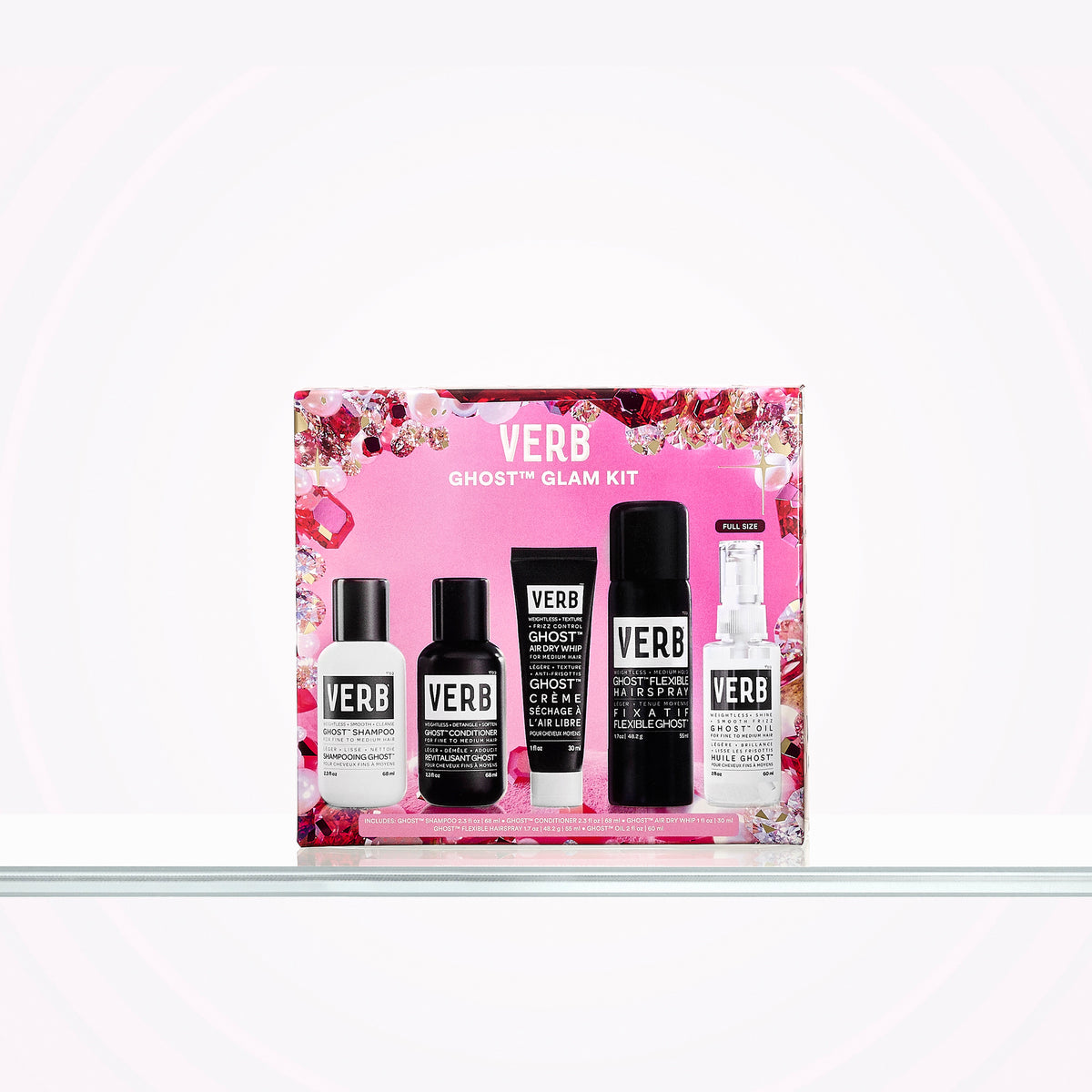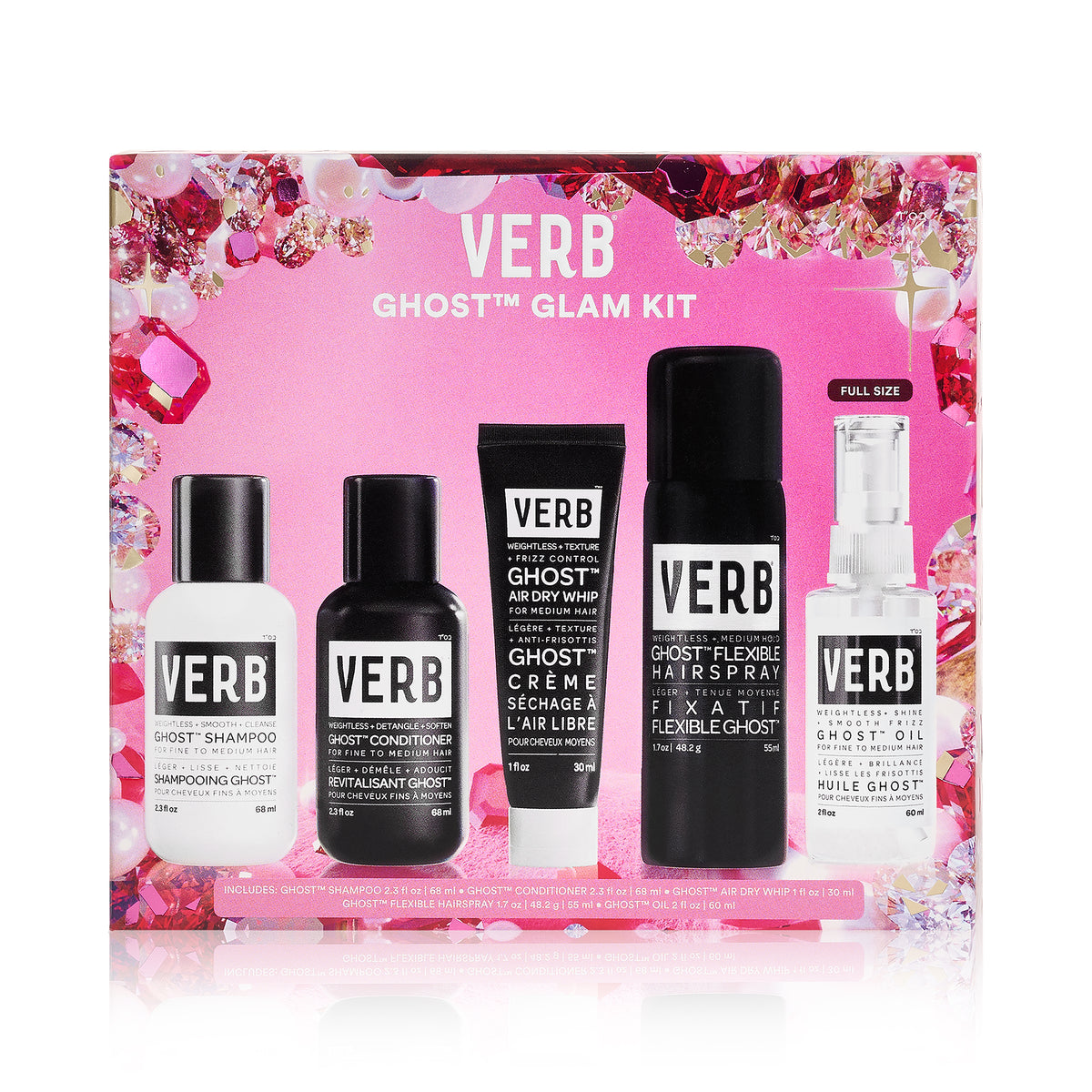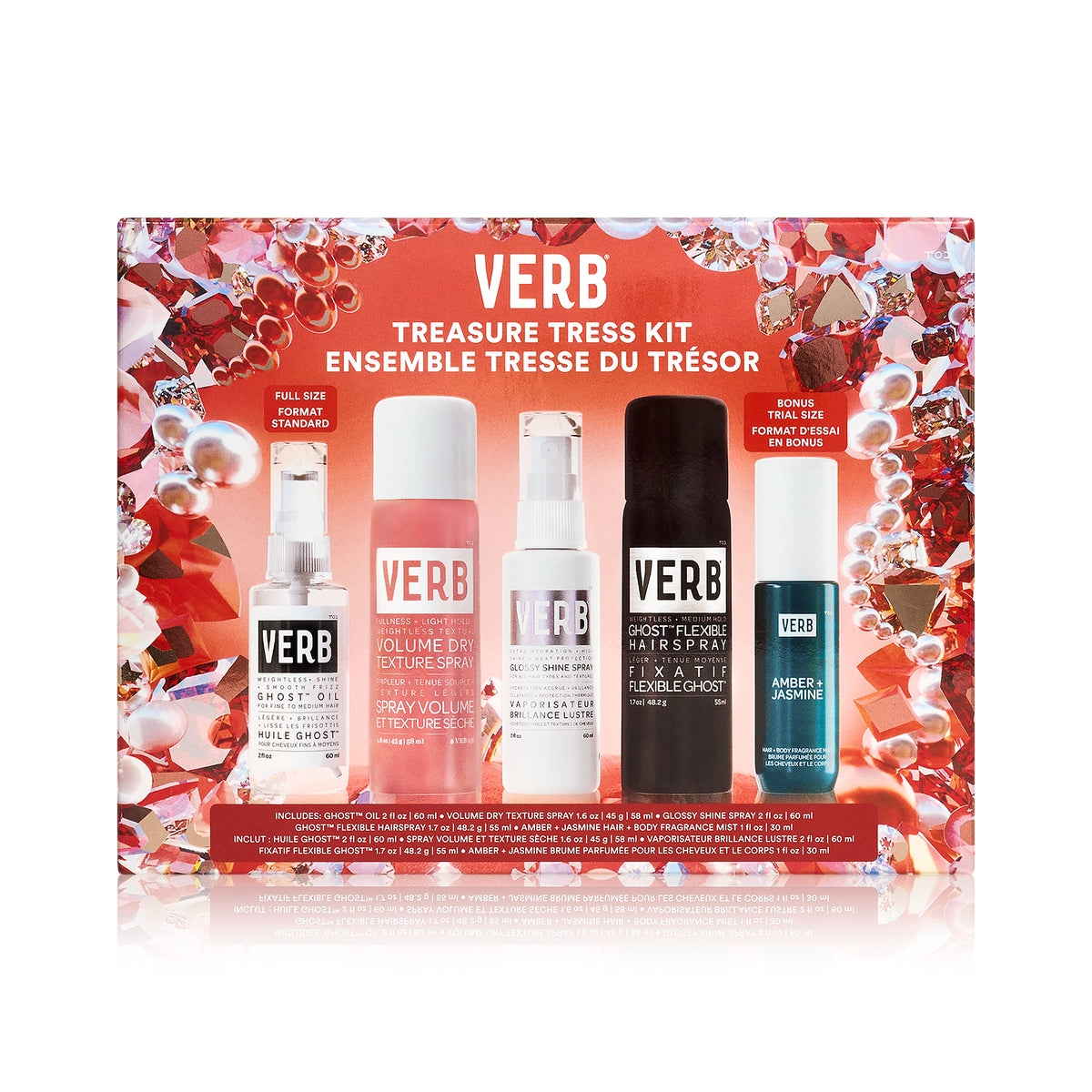
Not sure why your hair feels flat, poofy or just hard to manage? It might come down to hair density—not texture, not thickness, but how much hair you actually have on your head. In this guide, we’ll break down what hair density is, how to test it, why it matters and how to care for low, medium or high-density hair.
What is hair density?
Hair density is the number of individual strands growing out of your scalp. It’s different from hair texture (how your hair feels) or hair thickness (how wide each strand is). Think of density as how much hair you have per square inch. Most people have between 80,000 to 120,000 hairs on their head, but how closely those strands are packed can vary a lot.
Density is mostly determined by genetics, but age, hormones, stress and certain health factors can play a role too. It can shift over time—many people notice changes in density during hormonal changes like pregnancy or menopause, or just with aging. While the number of hair follicles you’re born with doesn’t change, how active they are can impact how full your hair looks.
There are three common categories: low, medium and high density. People often confuse this with thick vs. thin hair, but those terms are more about strand size than how much hair you actually have. You can have fine hair with high density or thick strands with low density—knowing the difference helps everything click.
Why does hair density matter?
Because it changes how you care for your hair. Once you know your density, you can choose better products, styles and techniques that actually work for your specific hair goals. It's one of the easiest ways to start making your routine actually work for your hair.

density collection
visibly thicken +
reduce signs of shedding
Types of hair density
Hair density usually falls into one of three types: low, medium or high. Each type comes with its own styling and care needs, so figuring out where you land is the first step in building a routine.

HAIR DENSITY
HIGH DENSITYMEDIUM DENSITYLOW DENSITY
- Low density hair means fewer strands per square inch of scalp. Hair may look flatter or more scalp can be visible, especially when wet or pulled back.
- Medium density hair is a pretty balanced amount of hair—not too much, not too little. You likely have decent volume without trying too hard, and your hair can hold styles fairly well.
- High density hair means lots of strands packed in tight. This type often looks full and thick, but can feel heavy or hard to manage.
Hair density test: 3 different ways
You don’t need a microscope or a magnifying mirror to figure out your hair density—just your eyes, hands and maybe a measuring tape. Here are a few easy ways to get a read on your hair density:
1. The scalp check
Stand in front of a mirror with dry hair and part it in the middle. Can you see a lot of scalp? You’re likely on the lower end of the density scale. If your scalp is barely visible, you probably have high density hair. Somewhere in between? That’s medium.
2. The ponytail test
Gather your hair into a low ponytail and wrap a hair tie around it. If it feels thin and small, that points to lower density. Thick and hard to wrap? Likely high. Want to be more precise? Use a measuring tape to check the circumference:
- Less than 2 inches = low density
- 2 to 3 inches = medium density
- More than 4 inches = high density
3. The feel test
Run your fingers through your roots. Does it feel like a lot of hair or not much at all? Low density hair can feel airy or sparse, while high density hair often feels fuller or more packed in, even if the strands themselves are fine.
No single test is perfect, but together they give a pretty good picture of your hair density. And keep in mind—hair texture plays a role in how dense your hair looks, so take that into account when assessing.
Hair routine tips for based on your hair density type
How to care for low density hair
Low density hair needs a little help in the volume department, so the goal here is to keep things light, build lift at the roots and avoid weighing your hair down. Look for airy formulas that add texture without buildup. When styling, try root-lifting sprays, dry shampoos and layered cuts to boost fullness.
Our Volume Collection just got a fresh update—it’s now improved to be even lighter and more buildable, making it perfect for boosting fine or sparse strands without leaving them stiff or sticky.

explore the
volume collection
body-boosting products
amplify flat hair
How to care for medium density hair
Medium density hair is the most balanced, which means you’ve got flexibility. But balance still needs maintenance. Stick with products that hydrate and add definition without stiffness. It’s all about enhancing what you’ve already got.
Our go-to for medium density hair is the Ghost Collection. It’s weightless, hydrating and smooths frizz without flattening your style. Think of it as low-maintenance care that keeps things looking effortless.

explore the
ghost collection
add shine, smooth and
protect for weightless, easy
styling in all hair types
How to care for high density hair
High density hair usually means fullness and body, but that can come with heaviness, tangles or dryness—especially if your strands are thick or curly. Moisture is key. Look for rich conditioners, deep treatments and curl-defining stylers that bring structure without stiffness.
We recommend exploring our Hydrate Collection if your hair needs moisture and manageability, or the Curl Collection if you’re working with coils, waves or spirals. These lines help hydrate, define and soften high density hair without adding unnecessary weight.

explore the
hydrate collection
designed to moisturize,
repair and protect for
hydrated, healthy hair
Can you improve or increase hair density?
Short answer: you can’t change the number of hair follicles you’re born with—but you can support your scalp health, reduce breakage and make the most of the hair you’ve got. Hair density can fluctuate, so a smart routine can help you maintain or even visibly improve your density over time.
Here are some tips on how to improve your hair health:
- Take care of your scalp: A healthy scalp = a better environment for hair growth. Wash regularly, avoid buildup and give yourself a scalp massage to boost circulation.
- Avoid heat and tension: Tight styles and constant heat can stress out your hair and lead to breakage. Use heat protectants, take styling breaks and keep things loose.
- Skip heavy products: Thick creams and oils can clog follicles or weigh hair down. Choose lightweight, buildup-free formulas that support lift and movement.
- Look for density-boosting ingredients: Our new Density Peptide Collection, powered by ginseng root extract and niacinamide, is formulated to visibly thicken hair and help reduce signs of shedding.
The Hair Density Collection You’ve Been Waiting For
Understanding your hair density is step one. Step two? Using products that support it. That’s where our new Density Peptide Collection comes in.
Formulated with our unique density complex (serum only), ginseng root extract and niacinamide, this density shampoo and serum duo is designed to visibly thicken hair and reduce signs of shedding for fuller-looking hair.
Whether you’re just starting to notice changes or have always struggled with fine, sparse hair, this is your new go-to for visibly thicker, fuller-looking hair.

density collection
visibly thicken +
reduce signs of shedding
